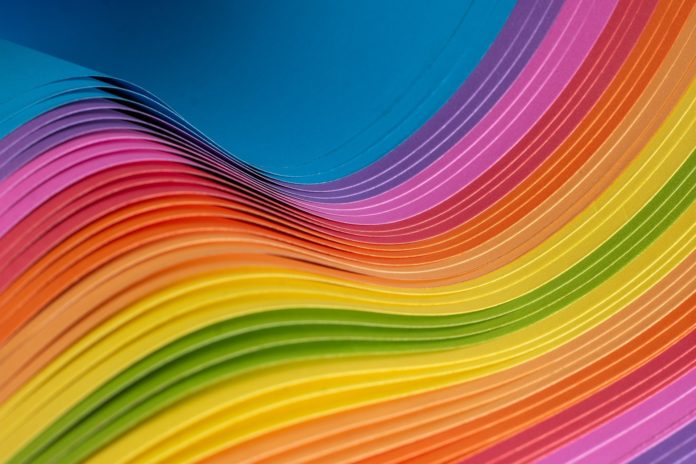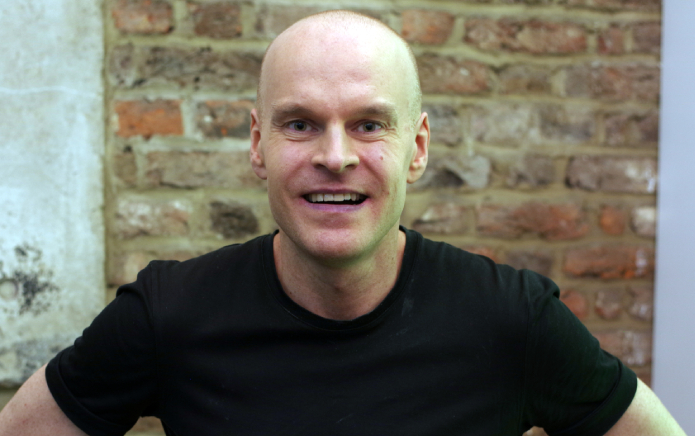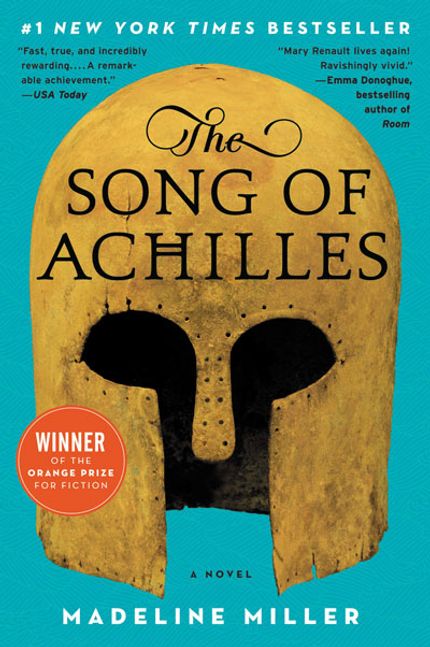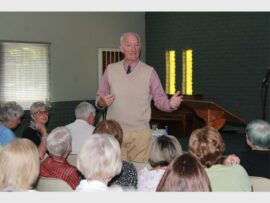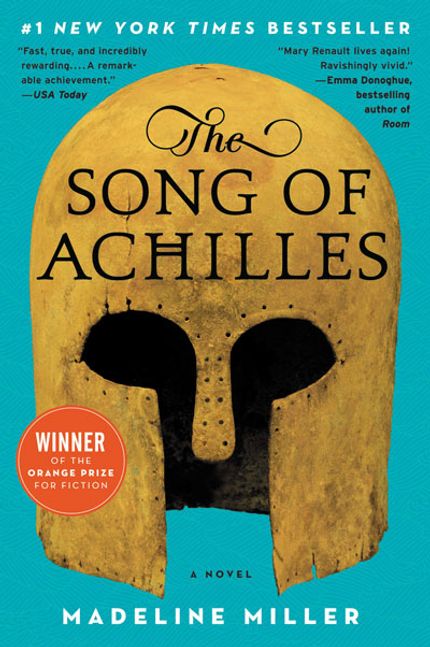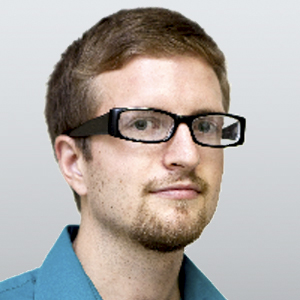
All participants self-identified as ‘straight’ before the study began. Compared to a control group, after reading the first article, participants were 28 percent more likely to identify as non-exclusively heterosexual, and 19 percent indicated they would be more likely to be willing to engage in same-sex sexual activities. Overall, the rate of ‘non-exclusive heterosexuality’ more than quadrupled after this activity. Similar, albeit weaker, effects were found when people read that sexual orientation is better characterised as fluid rather than stable throughout life.
The study‘s senior author, Associate Professor Ilan Dar-Nimrod from the School of Psychology, said: “This is not that surprising given that ‘non-exclusive heterosexuals’ (as opposed to bisexual, gay or lesbian individuals), although being the biggest same-sex attracted group, are not well captured in our society’s representations and even vernacular.”
He added: “Given the social value that our society attach to these labels, however, such a shift may have far-reaching implications. It also suggests that certain level of same-sex sexual attraction may be much more common than previously estimated.”

